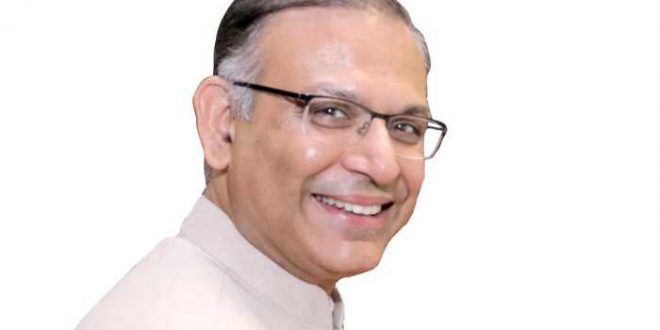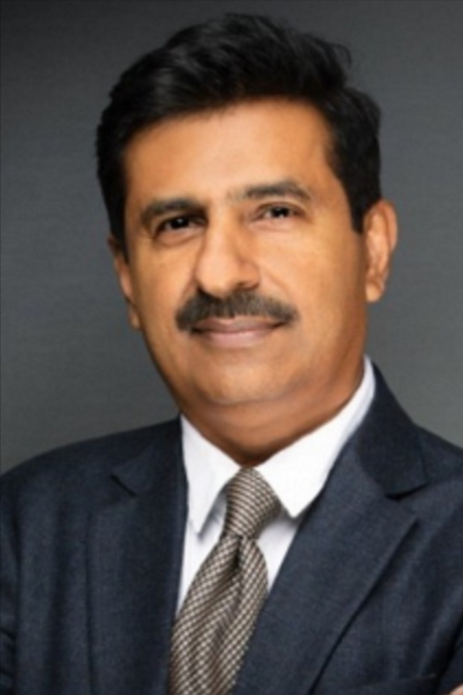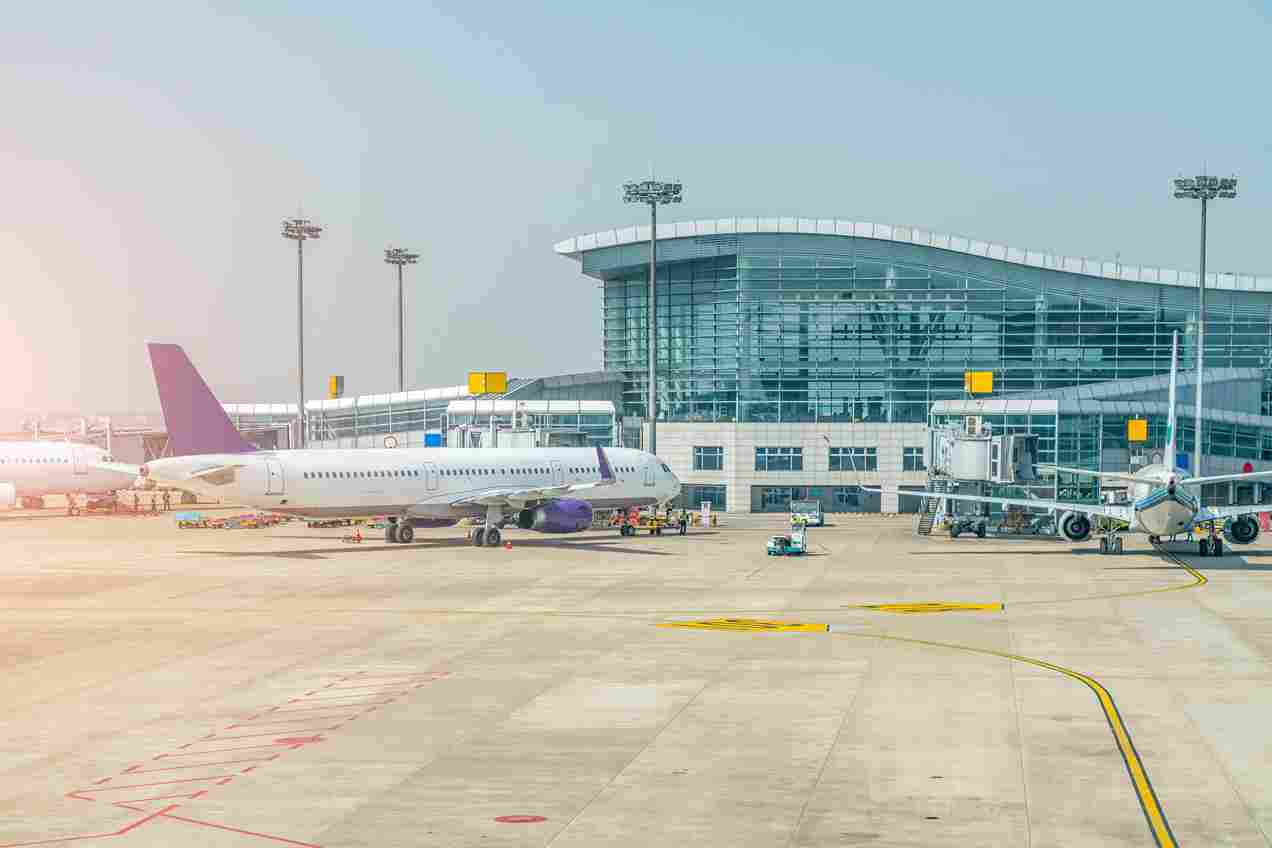Indian aviation seems to be on an upswing bringing with it severe congestion and frustrating capacity crunch at key airports. Jayant Sinha, Minister of State for Civil Aviation, Government of India, enlists what the ministry is doing to combat this while planning for a billion trips.
HAZEL JAIN
Addressing a gathering at the annual CAPA Conference in Mumbai via a video link, Jayant Sinha, Minister of State for Civil Aviation, chose answering questions over giving a speech. Taking a volley of questions, he said that while Mumbai and Delhi both have capacity challenges, improvements at the Delhi airport are already underway.
“We expect it to have the fourth runway and release slots for winter 2018 and onwards. So, Delhi will once again resume its growth. We have airports at Jewar and Hindar near Delhi coming up as well. Mumbai, however, with its single runway and saturation of slots, remains the single-most important bottleneck as far as civil aviation in India is concerned. Until the Navi Mumbai International Airport near Mumbai becomes operational, there is no solution to the congestion at the Mumbai airport. Unfortunately, there is no quick way to get the Navi Mumbai airport done. It will take at least four to five years to bring it up to capacity,” he said.
The planning authority– City & Industrial Development Corporation (CIDCO)– which has undertaken the Navi Mumbai airport project has put 2019-end as an estimated time of completion.
20-min immigration
Speaking about the steps taken at the Delhi airport in response to the recent spike in international travel, he said, “We recently saw a dramatic spike of 30 per cent in international travel in the winter schedule, particularly at the IGI Delhi airport. In response to that, we along with the Ministry of Home Affairs acted swiftly by increasing capacity for immigration officers as well as immigration counters. In Mumbai however, we are much more constrained even minutes. If anyone must wait more than that, then we are not doing our job well.”
Until the Navi Mumbai International Airport near Mumbai becomes operational, there is no solution to the congestion at the mumbai airport. Unfortunately, there is no quick way to get the Navi Mumbai airport done. it will take at least four to five years to bring it up to capacity.
International growth
Replying to a question about stifling international growth, the minister said that he did not think that the government policies are responsible for constraining international growth. “In my opinion, the constraints are really to do with airport capacity as well as wide-body acquisitions by the low-cost carrier. These two are in my mind as the most important factors constraining international growth. Moreover, in ternational slots are an issue for us, not so much the bilateral agreements between countries. But even more important than the slots are low cost direct international flights,” he said.
Giving a sneak-peek into what the ministry was considering as a possible solution to this, he said that the industry should look at the Norwegian model or the model used by Scoot and Level (the British Airways LCC). These, he said, could work for a price-sensitive market like India. Giving an example for this, he said, “If an airline could mount a direct flight from, let’s say, Am perience from say, Kolkata to London at the right price. Such connections would be able to unlock the market. We lack the direct low-cost alternatives to the major aviation hubs of the world, whether it is in Europe or East Asia or the West. With this the international market will evolve.”
6 key MoCA initiatives underway
Sinha outlined six key initiatives that India has undertaken. “There is no other country in the world that has undertaken such path-breaking projects in the last four years as we have. Apart from the privatisation of our national carrier, UDAN and country-wide up gradation of airport infrastructure, we are also working on our passenger-centric measures via Air Seva initiative, dramatic breakthrough in the security architecture of our airports and last but not the least, a drone policy that will change the landscape as far as drone services are concerned. This has not been spoken about much but it will make India a world leader in drone services,” Sinha pointed out.
Growth trajectory in 4 years
4 years While the Centre for Asia Pacific Aviation (CAPA) predicts Indian aviation to grow at about 20 per cent this year, the minister predicted a slightly less ambitious growth pattern. He said, “I suspect we are going to see growth in the 15 per cent range rather than 20 per cent, which given the circumstances is still a fantastic growth rate for India. Remember that 15 per cent volume growth means that we are going to double the traffic in five years. So, our planning must be focused on a billion trips a year. That is what we are working towards – enough capacity in air, enough capacity on the ground and enough capacity in our institutions.”
Underlining the projected billion trips per year, he said that every element of the trips. “We are planning a billion trips. This means that infrastructure and capacity need to be upgraded to accommodate this. Jewar near Delhi and Purandar near Pune are new greenfield airports which will help us to that,” Sinha added.
Connecting smaller cities
Referring to the government’s UDAN (Ude Desh ka Aam Naagrik) programme which looks after regional airport development under the Regional Connectivity Scheme, the minister said, “The most rewarding and engaging aspect of my job has been to go to India’s Tier-III and IV cities like Hubli and Jamshedpur to see how robust the demand is when we start flights from these cities. Take the example of my hometown Ranchi. Two years ago, Ranchi had 11 flights a day. From the summer schedule this year, it will have 27-28 flights a day. This tripling of capacity and the load factors remain very robust.”
He estimated that about six to eight helicopters will also be procured for UDAN II, which will open remote destinations such as Manipur, Arunachal Pradesh, Uttarakhand, Himachal Pradesh, and Kashmir.
 TravTalk India Online Magazine
TravTalk India Online Magazine





